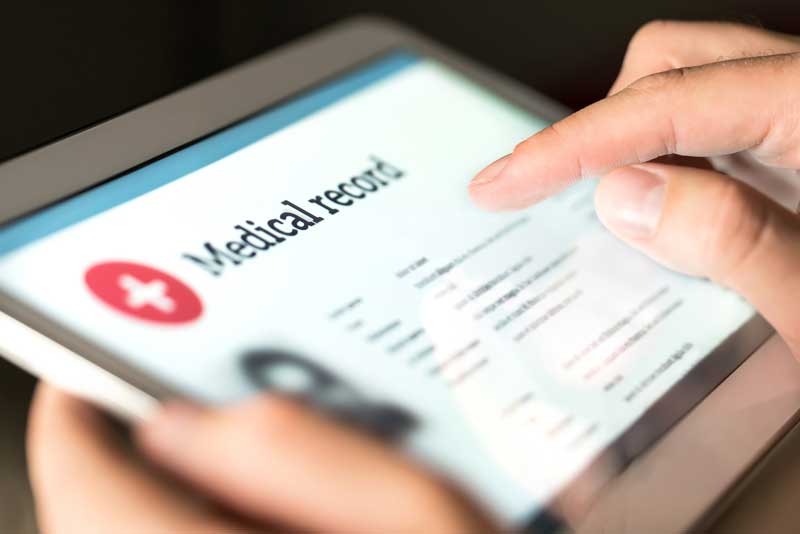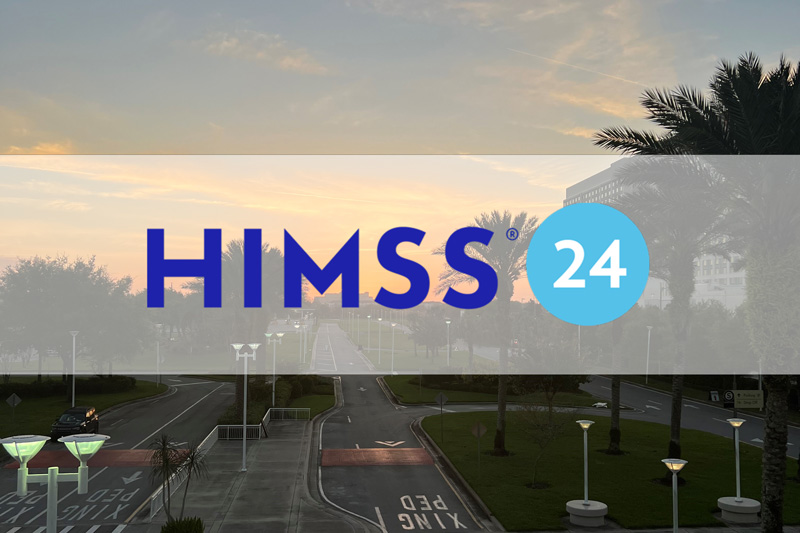Recent CDC data indicates that suicide was the twelfth leading cause of death in the United States, claiming the lives of nearly 46,000 people in 2020. Even more alarming, in teens and young adults, suicide was the second leading cause of death. Over the past 20 years, national suicide rates have continued to climb. The data tells a harrowing story—suicide deaths have increased dramatically over the past two decades, which implies that what we have been doing to prevent suicide is either ineffective or not as effective as it needs to be.
As digital health is on the rise, healthcare organizations have looked at innovative methods for identifying patients at a high risk of attempting suicide and improving patient outcomes. Advanced machine learning and analytics have proven to be useful tools in identifying and preventing suicide.
Current approaches to suicide prevention
The Zero Suicide Initiative is a national project to promote organizational change in the care and management of suicidal patients. This initiative helps target at-risk patients to get the care they need and prevent suicide. Data indicates that:
- 83% of individuals who died of suicide had received healthcare during the year prior to death
- But only 25% had a recent mental health diagnosis
This data implies that at-risk patients are in the system, but just aren’t being recognized and treated with effective intervention.
Current approaches to identifying at-risk patients include screening surveys and questionnaires like the ASQ or the Columbia Protocol. While still useful, these measures have limitations in that they are resource intensive, only provide a point-in-time snapshot, and have been shown to not be particularly effective. So how can healthcare providers best screen and prevent suicide risk?
Suicide prevention using the power of data
Emerging alternative approaches include implementing risk algorithms that leverage pre-existing clinical data. Predictive models estimating patients’ suicide risk using data available in medical claims or clinical records help compute a risk “score” or estimate of a patient’s risk relative to the general population. This method has the potential to “passively” screen patients for risk.
A team of researchers led by Dr. Robert Aseltine at UConn Health Services (UCHS) found that identifying the segment of a population with the highest likelihood of attempting suicide, using existing information, has the advantage of focusing monitoring and intervention resources on a smaller number of individuals who are most likely to benefit. With suicide rates increasing in Connecticut by more than 32% from 1990-2019, the team at UCHS prioritized implementing these new and innovative prevention models.
Various studies from UCHS along with other healthcare systems indicate that we can build useful models for assessing suicide risk. The prediction models incorporate feature sets derived from diagnoses, procedures, and demographic data that are commonly available in clinical records. Therefore, there isn’t a need to dramatically expand clinical information systems or collect lots of new data to achieve accurate risk prediction. High-risk cohorts can be identified, with the potential to significantly reduce actual suicide incidence. Additional information—suicide-specific risk assessments, social determinants of health, health beliefs, and health behavior—could be very helpful to make risk models most effective.
Though the research findings have been promising, effectively implementing these models in practice is challenging. Most of the models have been developed with data from elite health systems or derived from very comprehensive clinical databases. Can they also be used in healthcare settings with more limited data, such as community health centers, mental health clinics, primary care practices, and urgent care clinics? This is a critical question, as this is where 95% of patients receive their care. With over 100 different EHRs used in a variety of settings in Connecticut alone, the team at UConn Health Services wanted to create a comprehensive system for suicide risk assessment that could be used across care environments.
Risk-based analytics in clinical practice
UConn Health Services’ approach involves gathering information from EHRs to compile risk factors and leverage advanced machine learning models that condense the information into something easily useable by clinicians at the point of care. UCHS selected Dimensional Insight to work with them to develop a prototype that could be used both as a proof of concept and to solicit interest and participation throughout the Connecticut network of healthcare systems. The joint project between UConn Health Services and Dimensional Insight implements a prototype that combines EHR information, machine learning models, and a customized user-experience presentation. With an emphasis on simplicity and consistency, the approach allows for scalability and fast implementation.
The vision of the prototype was to cull information across care settings—primary care, hospital, and behavioral health—that can assist in risk prediction. The goal was to make risk information accessible regardless of EHR and present sophisticated analytics in an intuitive and platform-agnostic way. Additionally, the prototype generates guidelines and recommendations for providers that are useful in the context of patient encounters. It provides physicians with the tools to proactively identify patients at high risk by continuously analyzing newly available data. Furthermore, it enables physicians to monitor at-risk patients between encounters with providers.
Dimensional Insight’s Diver Platform and Measure Factory technologies were instrumental in creating the suicide risk assessment tool prototype. They provide the critical functionality required to extract, integrate, clean, and organize data coming from many different EHRs. Dimensional Insight’s Diver Platform provides a seamlessly integrated, end-to-end analytics pipeline that transforms raw data from electronic health records into useful information that clinicians can use to inform their interactions with patients. Measure Factory accelerates the process of identifying, implementing, and deploying the key performance indicators that add context for interpreting the risk scores.
Conclusion
Employing risk algorithms and predictive analytics to supplement physician judgment may be initially challenging. Ensuring that the models are easily interpretable and actionable will help ease clinicians into utilization. As clinicians see the utility of such models in providing effective treatment and prevention, harnessing digital health information to improve patient outcomes will undoubtedly rise.
Leveraging easy-to-use, visually appealing technologies, like Dimensional Insight’s Diver Platform, will be an important step in increasing physician adoption of tools that can augment clinical decision-making. Dimensional Insight’s software plays a strong role in intuitively presenting information derived from open-source machine learning models—making it more accessible for physicians. As evidenced by the collaboration between UCHS and Dimensional Insight, Diver Platform’s leading-edge analytics technology make it the right tool to support physician decision-making. As a system optimized to deliver results, the platform can help efficiently transform EHR data into a meaningful tool for suicide risk assessment.
As digital health innovations rapidly progress, a new era of suicide risk detection is on the horizon. Suicide risk algorithms with good predictive capabilities can help to supplement clinicians’ judgment. Using advanced machine learning will be a vital tool in the future of monitoring suicide risk and saving patient lives.
Additional resources
- Webinar: Using Advanced Analytics for Life-Saving Work
- Machine Learning for Suicide Risk Prediction in Children and Adolescents with Electronic Health Records
Need help? Know someone who does? Call or text the free 988 Suicide and Crisis Lifeline if you are experiencing mental health-related distress or are worried about a loved one who may need crisis support. Visit the 988 Suicide and Crisis Lifeline for more information at 988lifeline.org.
- Why We’re Best in KLAS—Again! - February 7, 2024
- Building a Greener Healthcare System with Data Analytics - January 22, 2024
- Hospital Finance Predictions for 2024 - January 8, 2024






